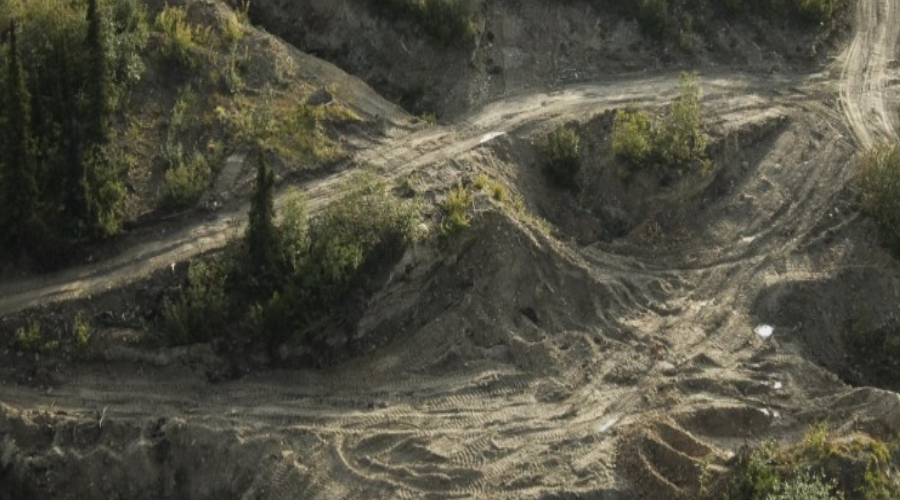
Klondike Gold (TSX-V: KG; FRA: LBDP) reported that, in 2018, it drilled 87 holes totaling 9,511.93 metres at the Lone Star Zone of its Klondike District Property.
To date, the company has received final assay results from 51 of the diamond drill holes. Such results have prompted a plan to continue exploration to affirm multiple local sources of bedrock gold mineralization.
“Hole LS18-201 on 12300E intersected 1.02 g/t Au over 91.0 meters starting from near surface, and LS18-200 on 12400E, one hundred meters east of LS18-201, intersected 0.80 g/t Au over 36.26 meters from 94.5 meters downhole. Holes LS18-196 and LS18-199 both encountered and drilled down a north-south trending zone of fault gouge which has no significant gold values. This post-mineralization structure has small apparent displacement and does not appear significant in the broader picture,” the miner said in a press release.
According to Klondike, the Lone Star Zone is one of five targets drill-tested during this year’s exploration program at its 557-square-kilometre Klondike District Property, located on the outskirts of Dawson City, in Canada’s Yukon Territory.
The target itself is located at the confluence of Bonanza and Eldorado Creeks and it is centered along Lone Star ridge, the site of the original Lone Star Mine that operated around 1912.
Overall, the project covers the area of the Klondike goldfields, from which 20 million ounces of gold have been extracted since 1896.